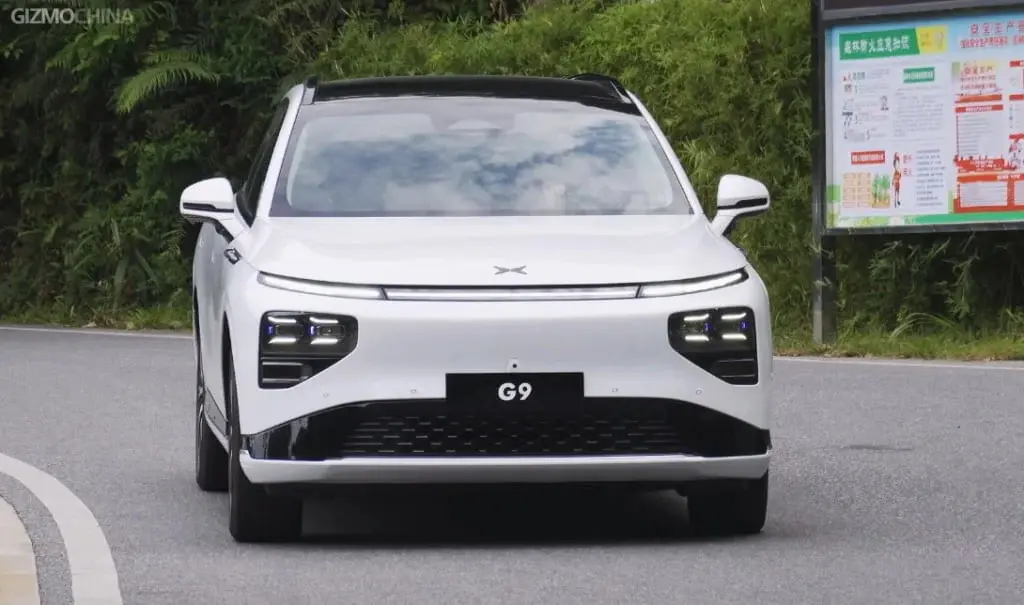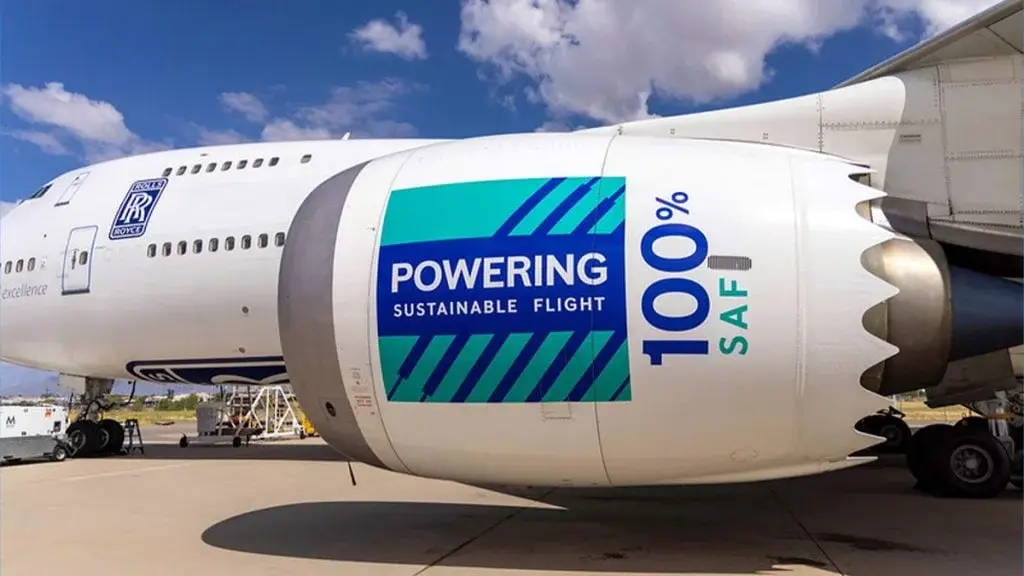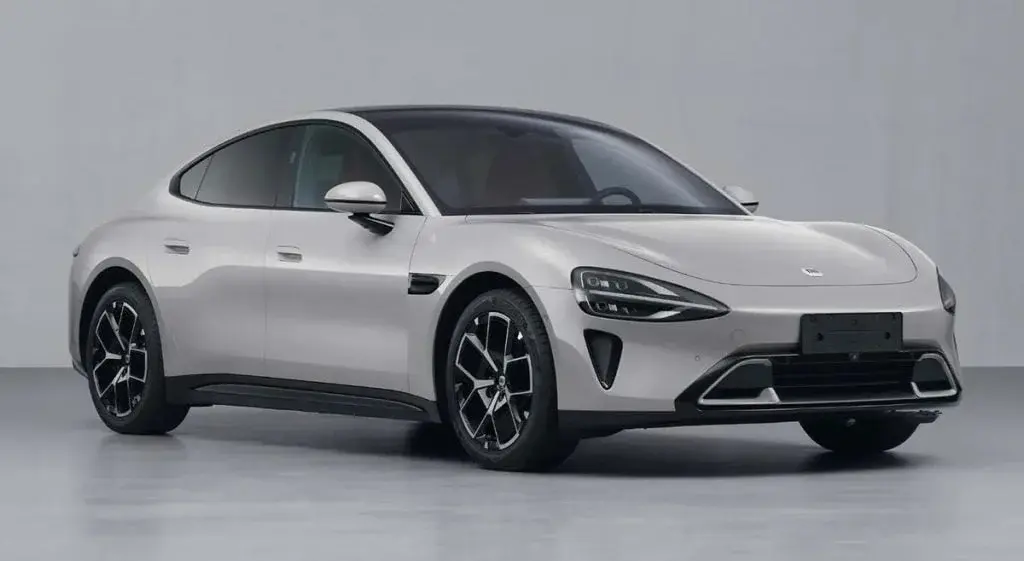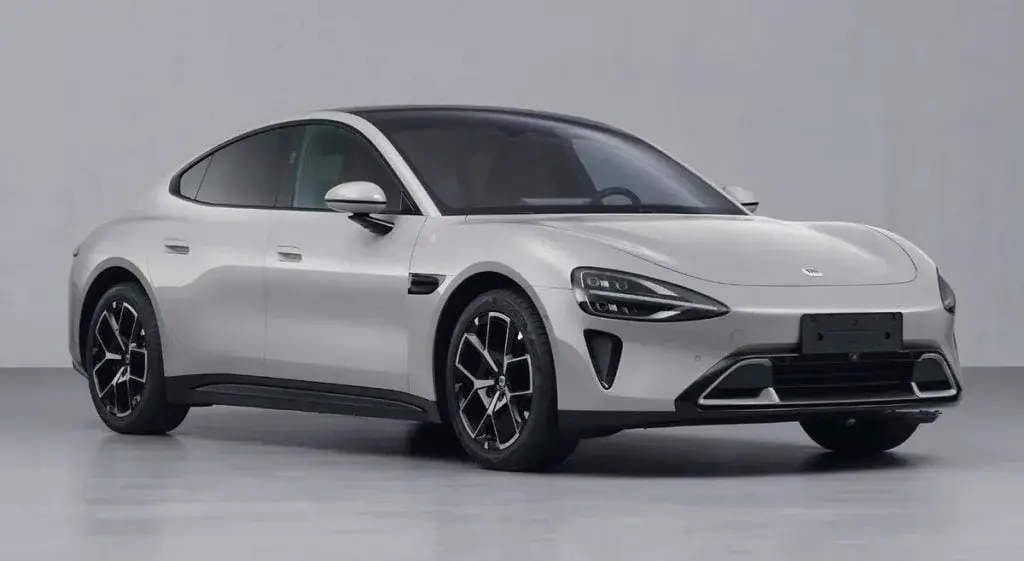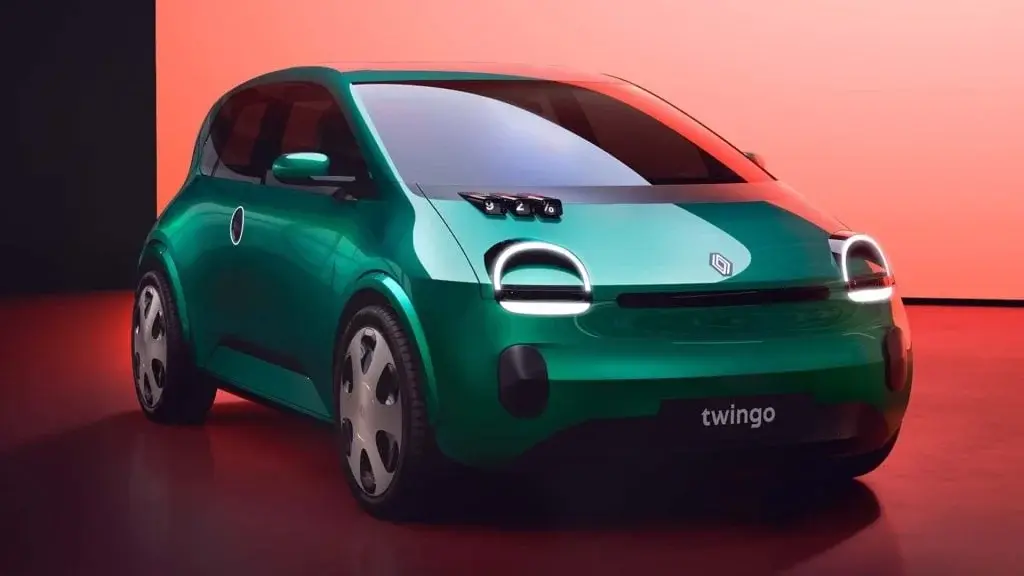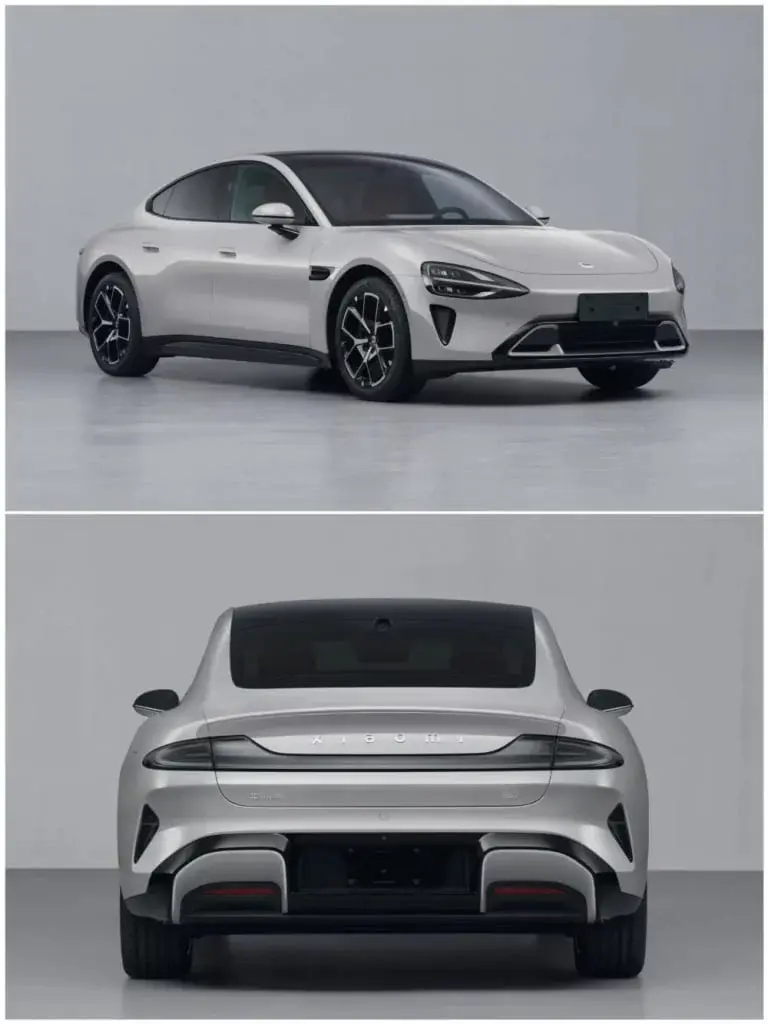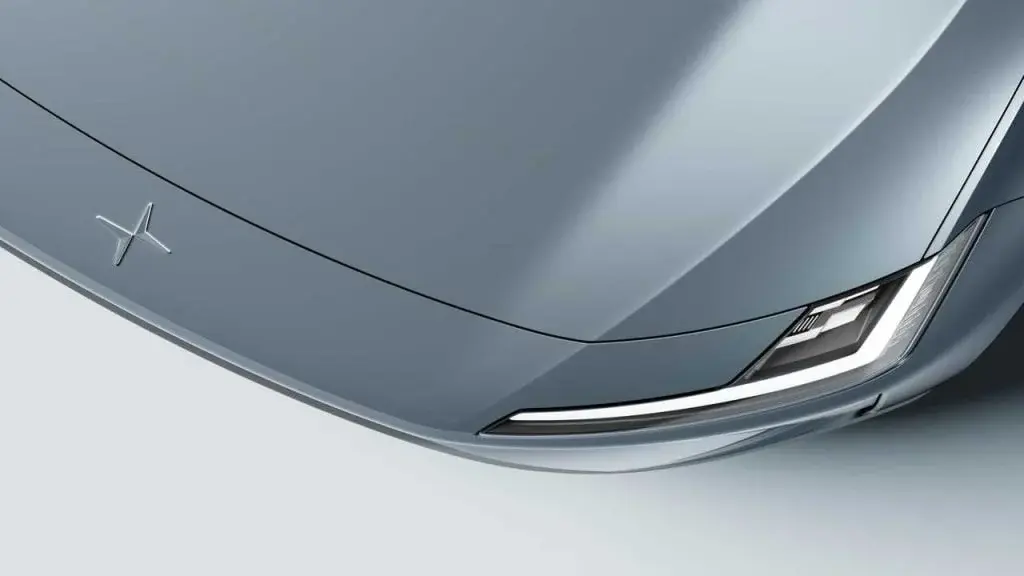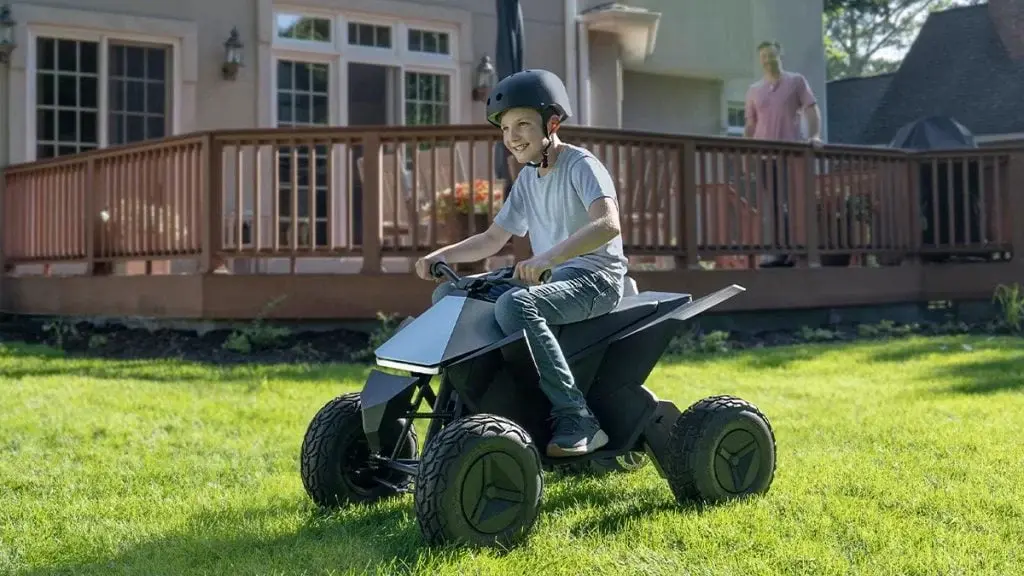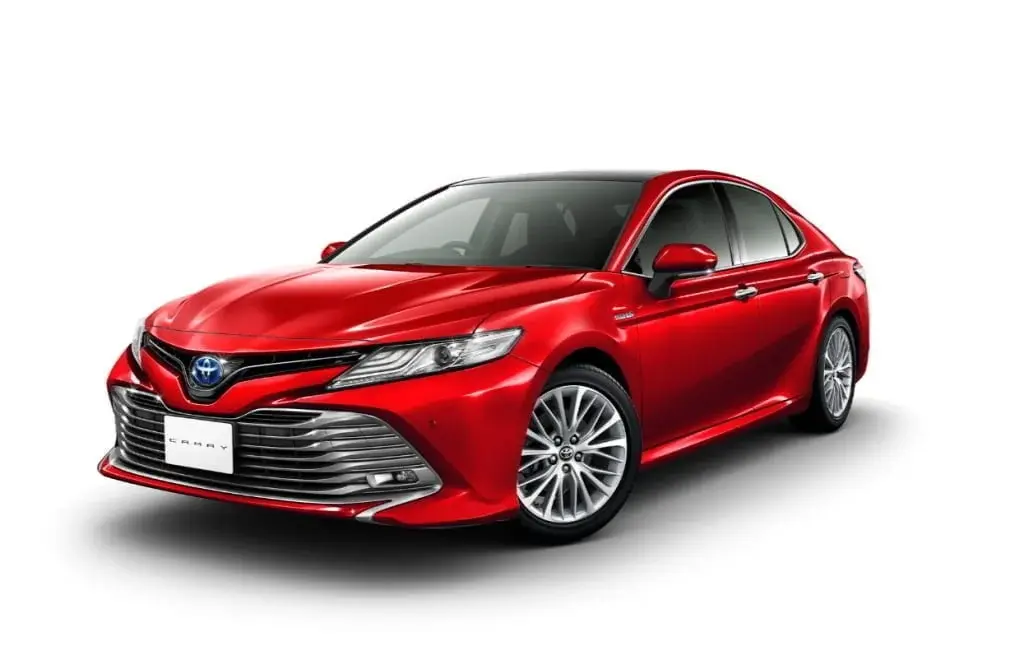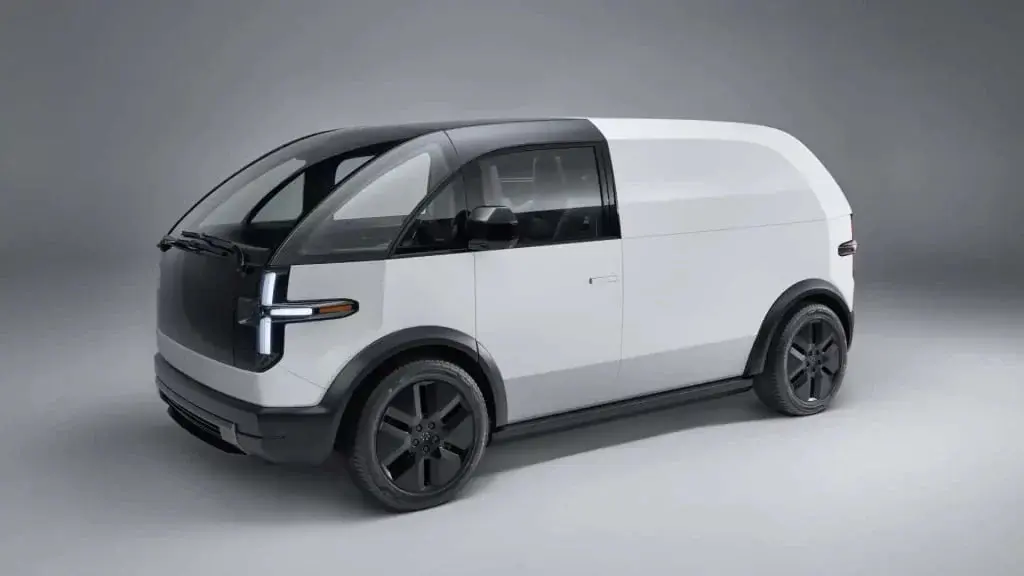Xpeng Expects Surge in Deliveries for Q4 2024
Xpeng, a prominent player in the Chinese electric vehicle (EV) market, is anticipating a strong fourth quarter with a projected increase in deliveries. The company expects to deliver between 59,500 and 63,500 vehicles from October to December, representing a substantial 59% growth compared to the previous quarter. This optimistic outlook is primarily driven by the popularity of Xpeng’s new models, which have been strategically priced at a discount to attract mainland Chinese drivers.
Despite reporting a net loss of US$537 million in the quarter ended September 30, Xpeng remains confident in the positive results of transformative adjustments made earlier in the year. The company’s CEO, He Xiaopeng, is optimistic about accelerated growth in the fourth quarter of 2024.
Strong Revenue Growth in Q3
Xpeng’s third-quarter revenue saw a significant quarterly increase of 68.5% to 8.53 billion yuan, aligning with analysts’ estimates. The vehicle margin, which indicates the difference between the selling price and tangible costs, also showed improvement, standing at minus 6.1% compared to the minus 8.6% in the April to June period. However, Xpeng attributed the negative vehicle margin to aggressive sales promotions and the cancellation of EV purchase cash subsidies by Beijing.
Impact of Promotional Activities
The company has not provided specific details regarding the duration of promotional activities, leaving room for speculation about their impact on future financial performance. Xpeng’s new model, the G6 SUV, played a crucial role in the company’s success, especially during discount periods, as consumers responded positively to its perceived quality and performance.
Positioning as China’s Tesla
Xpeng is positioning itself as China’s answer to Tesla and is often considered a key player in the Chinese EV market alongside Li Auto and Nio. The G6 SUV, touted as a competitor to Tesla’s Model Y, features semi-autonomous driving capabilities powered by X NGP (Navigation Guided Pilot) software.
Record Deliveries in October
In October, Xpeng achieved a significant milestone by delivering a record-breaking 20,002 vehicles, marking a 31% increase from the previous month and surpassing its previous record set in December 2021. Competitor Li Auto also broke its delivery record in October, handing over 40,422 vehicles to mainland Chinese customers, marking a seventh consecutive monthly increase.
Optimism for Future Prospects
As Xpeng continues to navigate the competitive landscape of the Chinese EV market, the company’s leadership remains optimistic about future prospects. With a focus on improving free cash flow in the current quarter, Xpeng aims to establish a foundation for long-term scalable profitability, reaffirming its commitment to sustained success in the evolving electric vehicle industry.

